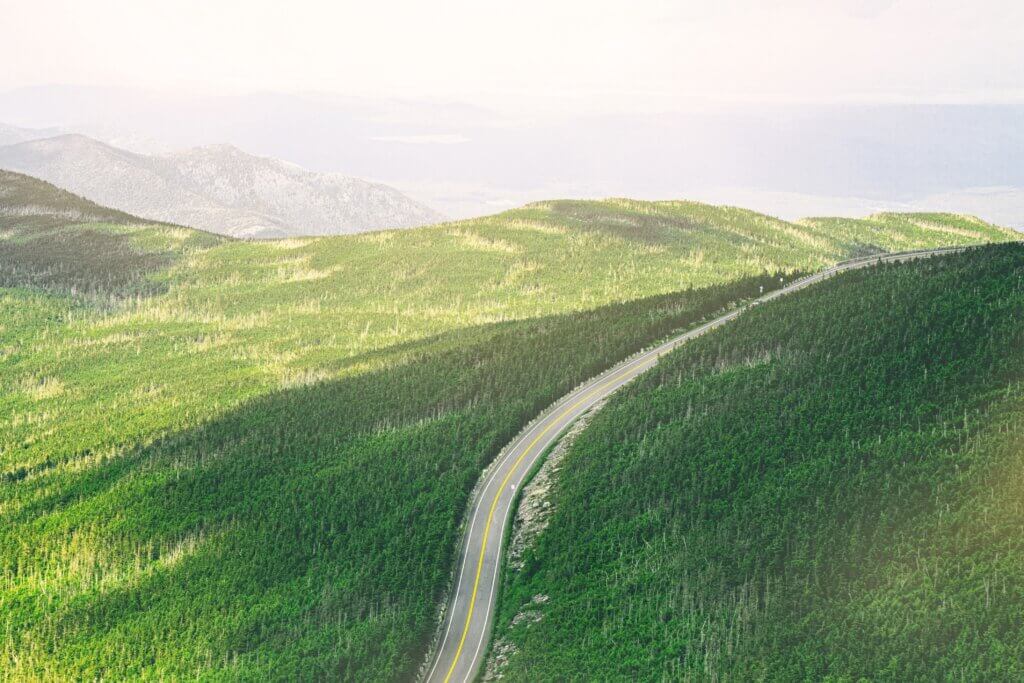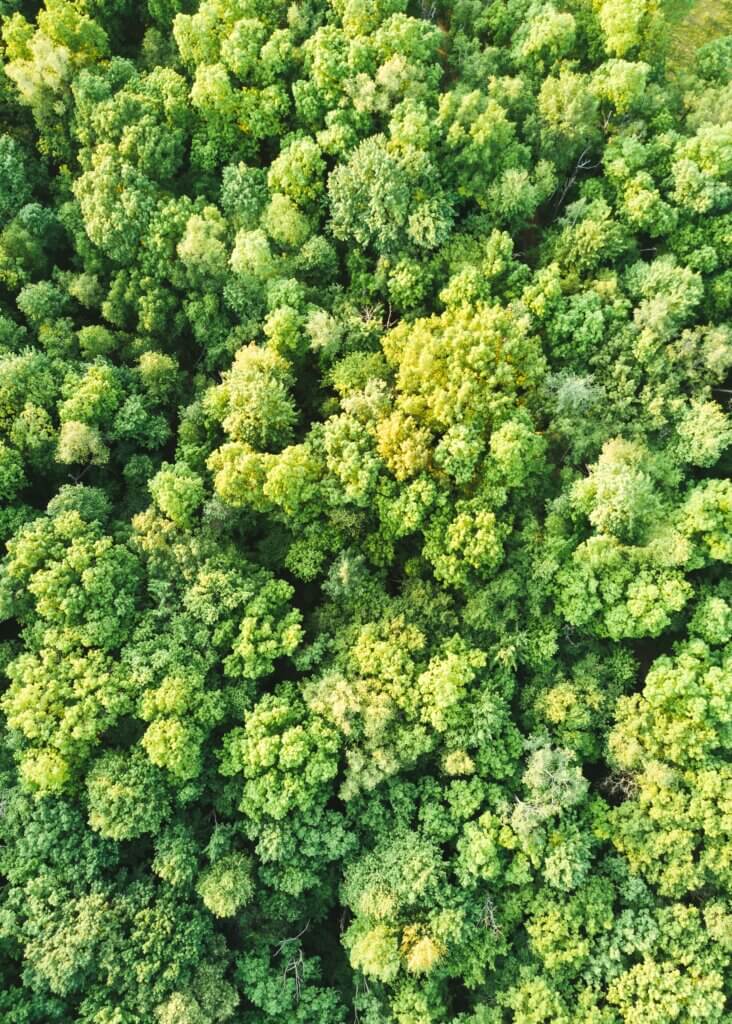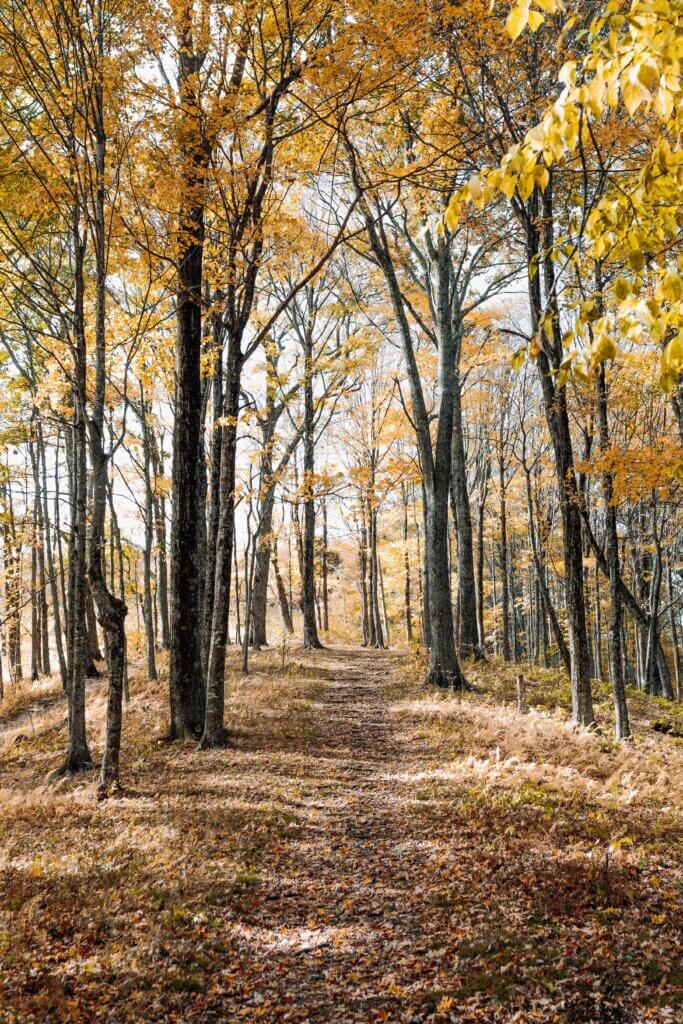
You can have your say on the England Tree Strategy by filling in all or part of an online form by the end of Friday this week. Click here for link. This is an important issue – though I can’t promise the DEFRA will take any notice of your response – though I can promise you that your views will certainly not be taken on board unless you do respond.
I’ve done it – and so can you. I’d encourage you to do so even though it isn’t a bundle of laughs. It’s quite a long process and it seems quite technical, but that makes it all the more important that normal people do respond. You can mak a difference if you spend 30 minutes on it – you’ll make more of a difference if you spend an hour. Yes, it’s an investment of time but who said that making an environmental difference came at no cost?
Read this first but don’t spend more than 10 minutes to get a feel for it – these are the questions you need to think about (but you can ignore as many of them as you like) – and keep that document open but click here to answer the questions.
My survival guide to filling in the form is this:
- read it through
- fill in some bits of it
- send it off

The trouble with all forms that give you a bunch of options is that they are often the wrong options. This consultation gives you very little space to say ‘none of the above – here’s a a better way to do it’ – so make use of the opprtunities it gives.
Because this is a consultation by a Conservative Government there is masses of stuff about helping land owners and removing barriers to action and financial incentives. Those can all play their part but so can public ownership of land. Why pay people grants to do what we could do cheaper and faster and in the right places through land purchase? There are lots of upland farmers who are going to go bust because of Brexit over the next few years – we should buy them out as a cost-effective land-grab and as a retirement option for a non-sustainable industry.
There is a lot about tree planting whereas most land in the UKL wants to be a forest – just leave it, eat more venison, release more Pine Martens and sit back and wait. Do it in the right places and it will produce carbon storage, flood alleviation, improved water quality , more wildlife and better landscapes.

My further advice is:
- mention National Parks, particularly upland National Parks, as being a great place for more trees, and that these can best be produced through natural regeneration – you’ll have to use the ‘Other’ box to do this but you can cut and paste the same words into lots of boxes
- mention wildlife wherever you can
- state that the best way to deal with Grey Squirrels is to reintroduce Pine Martens widely – and they’ll sort out the squirrels for ever and for free.
- state that the best way to deal with deer control is to create a strong market for venison provided that it is shot with non-toxic (ie not lead) ammunition.
- don’t lose patience or give up
We can be sure that a lot of vested interests will be responding like mad – ‘Gimme, gimme, gimme the money (so I can deliver public goods)’ will be the gist of their responses.

[registration_form]
I hope we really can make a difference. Good pictures you’ve used too, especially the last one.
Having quickly looked at the consultation document, it is as you say a absolutely typical Tory document which talks mostly about incentives to land owners and commercial use of timber. The whole approach is from the wrong angle. It needs to be from the angle of let nature do the work of producing extra trees through allowing regeneration, however being mindful of the need to protect and enhance habitats for our wild flowers and our pollinators, bees wasps etc. Have Plantlife and the Bumble bee Society been invited to contribute to the document? (They are not on the list). This is a major error if they have not been consulted.
Our uplands are a devastated landscape where once they had a whole host of trees. Reducing the grazing pressure on them from sheep and deer is essential as a starter as well as banning driven.grouse shooting which prevents tree regeneration all across moorland. I drove across Dartmoor yesterday and there were hordes of sheep grazing all over it.
This Defra consultation shows the mind set and approach of this Tory Government which has all the ingredients of total failure except the large land owners will come out of it even richer than they are now.
I would just add that we do not want another Flow Country disaster as we had under a previous Tory Government in the 1980s. When masses of trees were planted in the wrong place namely on pristine blanket bog in the North East of Scotland.
We need the right trees in the right places and proper ecological consideration given to it BEFORE and IF any planting is done. However basically nature should be left to do the great majority of the work. The consultation document makes scant reference to all of these fundamental issues.
Interesting to comment on the last picture of your blog Mark It is a very good example of a fairly useless woodland for nature. Can we spot why this is so?
Firstly all the trees seem to be the same species, probably beech. Nature needs a wood of lots of different species of tree.
Secondly they are roughly all he same age. Nature needs a wood of trees of very different ages some very old with lots of rot holes and some young trees ready to take the place of the older ones. As well as all ages in between.
Thirdly there is no standing or fallen dead wood to be seen. Ideally a wood should have at least 30% by weight of dead wood in it. It is usually the dead wood especially the standing dead wood, that harbours the most insects .
Fourthly there is no understory of bushes an shrub. This is very important for ground nesting woodland birds and nature as a whole.
Apart from all this it is terrific !!!
I’d say the trees are birch, and there is circumstantial evidence in the photo that it may be a natural reclamation. There is visual evidence that the trees are not planted (who would plant two trees so close together?). there is visual evidence that the trees are not of the same age (trunk diameters, and the whip in the mid-ground).
It looks like a reclamation (a spoil heap?) self-seeded by a pioneer tree species.
Spot on.
Useful advice Mark, thanks
I’ve sent my response. It wasn’t too painful to do! Defra seem quite confused about whether they are aiming for commercial timber production or other ‘public goods’ (or different things in different places). We need to help them get their priorities straight!
Response submitted, though you were right, not fun and very focused on money.
I’m glad to see one of the sections is called ‘making space for nature’. Where have I seen that slogan before?? !
The other thing about planting trees instead of natural regen is they may not be the right genetic stock – not local.